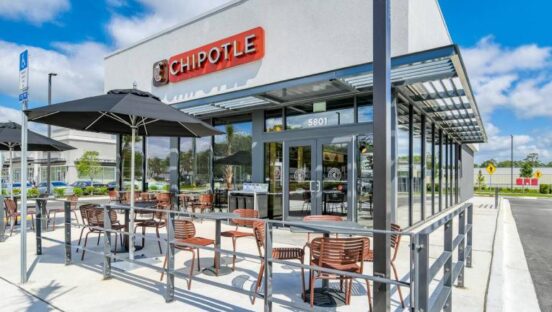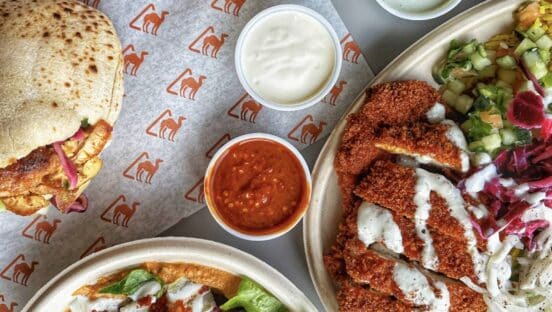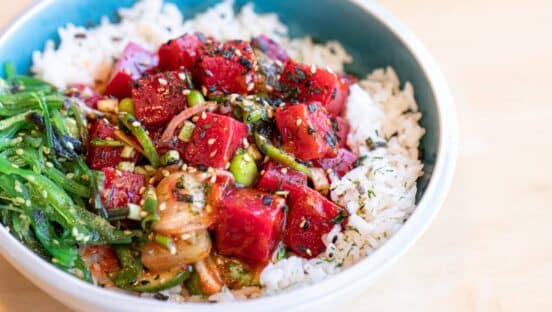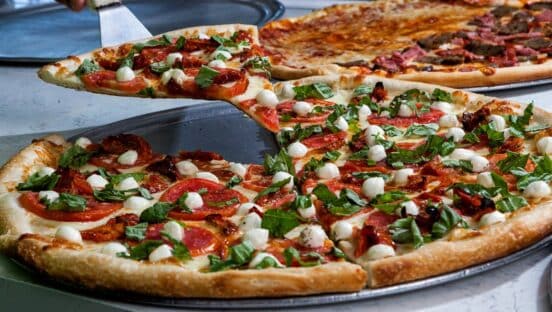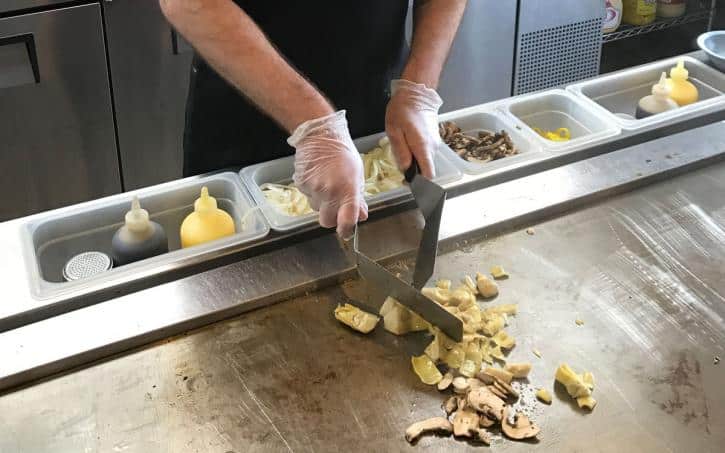
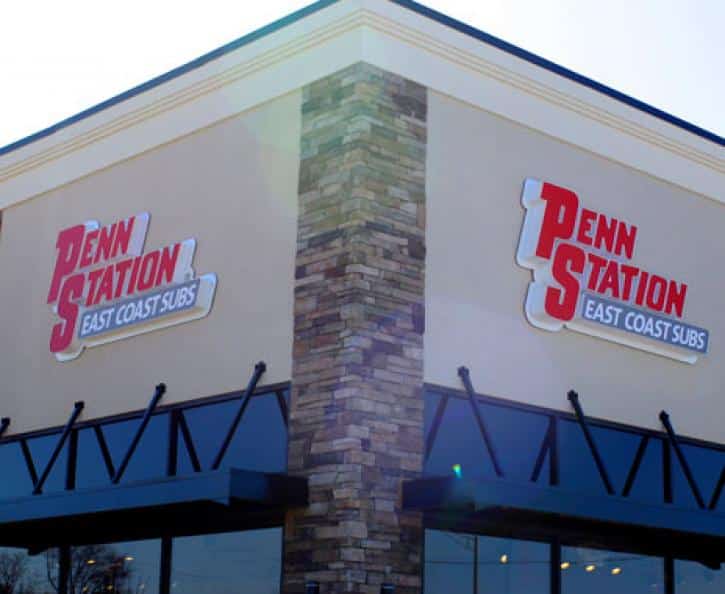

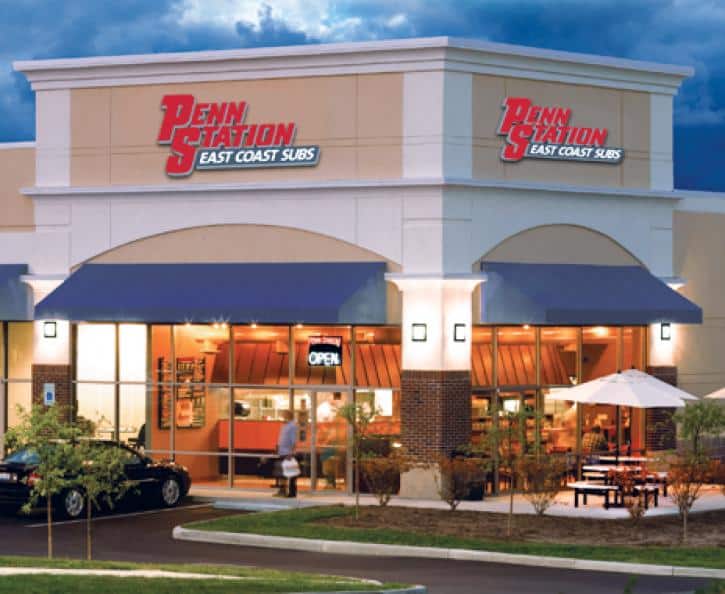
Divide and Conquer
Potential return on investment is a huge consideration in choosing a franchise, and if you’re considering investing in a restaurant, the split between dayparts is an important factor in how you’ll achieve that return.
In the fast casual category, most sandwich concepts, for example, have about an 80-20 lunch-dinner split, but concepts that offer more of a complete meal can have splits much closer to 50-50. Knowing the expected daypart split of a concept before you invest will help you plan for success and adjust your expectations from the beginning.
Click the arrows in the picture above to begin the story.
Effect on Operations
Restaurants with an equalization of sales throughout the day are easier to operate. Instead of having to manage 80 percent of your sales during a two- to three-hour period, you can spread it out throughout lunch and dinner, and sales are more stable. If you invest in a concept that is heavily focused on either lunch or dinner, make sure you plan for that in staffing, training and supply delivery.
Real Estate Considerations
Being a nighttime draw as well as a lunchtime traffic driver makes concepts with 50-50 lunch-dinner sales a better co-tenant and can help franchisees get space in top-tier shopping centers. While many fast casual concepts only pull in customers during lunch, being able to drive traffic after 5 p.m. as well is valuable to real estate developers.
If most of your sales come in one daypart, your space must be big enough to accommodate a majority of your customers in a shorter time frame. For some brands, carry out is a critical part of their biggest daypart, so having a separate carry-out entrance or a pick-up window can help keep the restaurant from becoming congested
Compete Beyond Fast Casual
Most fast casual restaurants are typically seen by customers as either a lunch or dinner concept—not both. Fast casual brands that can compete on both dayparts broaden their sales potential and open themselves up as a competitor to casual dining and quick-serve concepts. The benefit for franchisees is that a fast casual concept is almost always a much cheaper initial investment with a smaller dining room and kitchen than casual dining or large fast food restaurants. It is also less expensive to run because less staff is required.
Customers are looking to feed their families with all kinds of offerings, and if you can market your food as a complete meal, you’ll open your business up to a much wider potential customer base. For example, since Penn Station grills our food and offers fresh-cut fries as a side dish and large chocolate chunk cookies for dessert, customers often come in at dinnertime, which gives us a more even split between lunch and dinner. Marketing the parts of your menu that complete a meal can increase your dinnertime traffic.
Fast casual restaurants that can compete in multiple dayparts will be able to achieve a more even daypart split. This increases your overall sales and your potential return on investment without requiring the higher initial investment of a casual dining or fast food restaurant.
Craig Dunaway is president of Penn Station East Coast Subs, a 315-unit fast casual restaurant franchise known for its grilled made-to-order sub sandwiches, hand-squeezed lemonade and fresh-cut fries.






